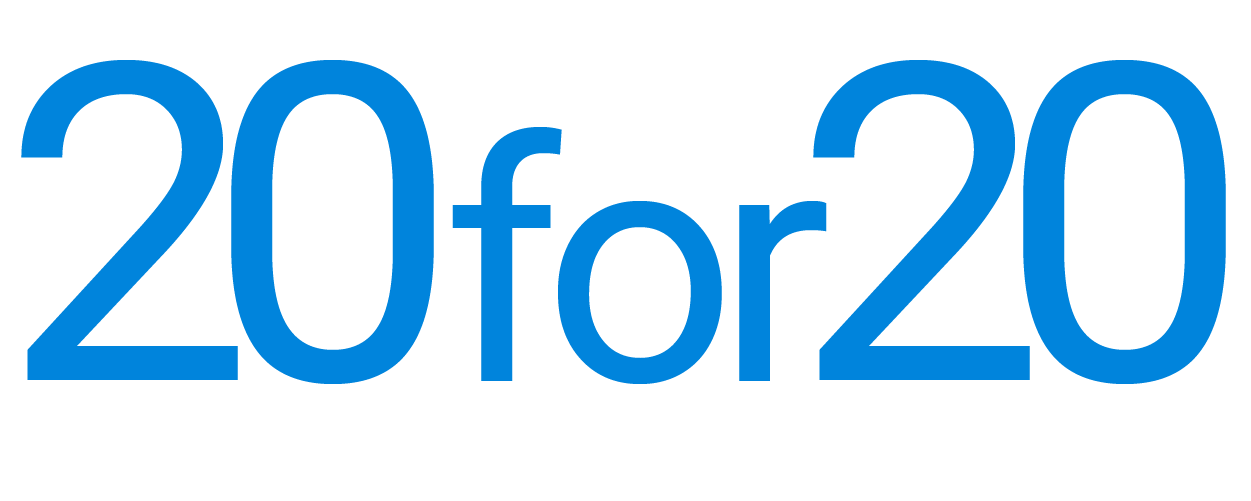
A little over a year ago, I recorded a series of interviews with the leaders of technology companies helping our industry address the growing problem of fraud. The interviews developed a couple of themes emerging from the most recent 20for20 Annual Survey. Fraud had jumped to the top of many executives' priorities, and there seemed to be an unusually large number of software vendors helping to address the problem.
The interviews (season 1 of the 20for20 podcast) were revealing and, hopefully, raised awareness of the variety of approaches that the vendors represent—different kinds of fraud call for different types of solutions.
One year later, much about this picture has changed. While fraud remains a high priority, technology adoption and the vendor landscape are changing. Some providers have been acquired, some have seen leadership changes, and we have seen the full force of the hype cycle boosting marketing-savvy new entrants on LinkedIn and at industry trade shows.
There is a great deal of noise in the industry. And yet at the same time, fraud—and the problems that people are solving that they think of as fraud—are not as well understood as they should be. Multifamily operators have the habit of starting with technology rather than the problem they are solving. Nowhere is this currently truer than with fraud.
For this reason, the next project to be released on the 20for20 pod will be a deeper dive into the set of problems and opportunities in the bucket currently described as "fraud prevention." The objective is to promote a better understanding of some of the fundamentals. Here are a few examples:
- The relationship between fraud and bad debt. People tend to treat fraud and bad debt as if they're the same thing—but of course, they aren't. Bad debt has to do with many things other than fraud. And not all fraud leads to bad debt. It's hard to characterize the relationship because it is hard to detect fraud after the fact. If an operator knew that an application was fraudulent at the time of leasing the apartment they would normally have rejected the application. Operators must look elsewhere for evidence.
- Fairness, financial behavior and the role of credit scores. "Fraud prevention" may not be the right way to think about this problem. There's a strong argument to say that underwriting new residents is more appropriate. It's harder than it used to be to characterize income. And screening still relies on credit scores, which were designed for consumer credit, which, as we know, is a very different thing from predicting whether someone will pay their rent.
- Income verification and document verification. One of the interesting findings from last year's interviews is that suppliers tend to conform to either "documents-first" or "bank-linking-first approaches to fraud prevention or income verification. Most companies offer multiple capabilities, but the DNA of the solution usually favors one approach over the other. That distinction is very much worth understanding when we try to understand which solutions best fit each situation.
- Synthetic fraud. It's an interesting and no doubt increasingly prevalent problem in consumer credit more broadly. But whether or not it's a pressing problem for people renting apartments remains a matter of debate. The important thing is that we understand what it is, how it works, and what detection methodologies are available to help mitigate it.
- The tradeoff between functionality and simplicity in the application process. Some friction is necessary to catch bad actors attempting to lease apartments. But we should also want to limit friction, in the service of having an application process that's as easy as possible for customers to complete. The question then is: how do we strike that balance in designing our application process?
The final point gets to important questions like: what do we gain from best-of-breed prevention capabilities versus standard, off-the-shelf capabilities that weren't designed specifically for our industry? There are good answers to these questions. We want to explore them carefully, with some of the foremost experts in the industry.
The landscape of fraud—and of technology—has changed significantly over the last year. I have no doubt it will change significantly again over the next 12 months. The smartest operators will take the time to understand the range of problems and how to solve them, rather than falling back on the "technology first" habit.
Based on the popularity of the previous podcast series, I hope we can raise the level of awareness about what really matters when we think about fraud prevention. And that we can showcase the deep expertise we're fortunate to have in our industry, as we gird ourselves for the ongoing arms race that is fraud prevention in multifamily.
Photo by cottonbro studio on Pexels


